Welcome back to Formula 1! Feral Interactive have given Linux gaming another great title, with the release of F1 2017 today.
Disclosure: My key was provided by Feral Interactive.
This is the first title from Feral Interactive that is Vulkan only, hopefully this means all future ports will use Vulkan so they can continue to refine their Vulkan work and keep improving the performance.
Here’s a little look at the Linux version in video form. This took far too many takes, more than I would care to admit, and I still didn't manage to win. Let's say it's just to show off how well it runs and ignore my complete lack of skill, shall we?
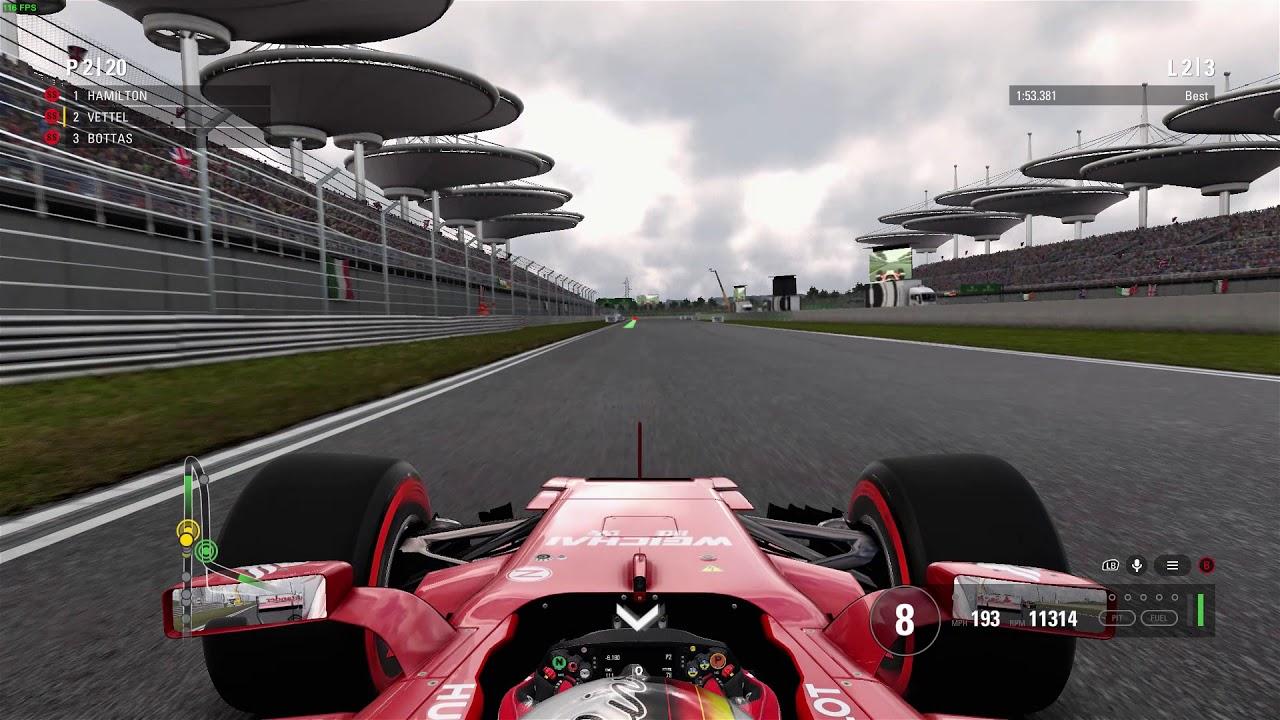
Direct Link
I actually thought I did okay until one of those last corners—dammit!
Port report & Benchmarks
The game has a built in benchmark mode, to access it simply go into the main settings, then to graphics options and you will see the entry there. This has made testing it rather easy, especially with the nice output it gives at the end.
In terms of the actual performance, it performs pretty damn well. I decided to dust off the Windows 10 drive to make a proper comparison for this one.
System specifications for testing: Ubuntu 17.10 (Gnome)/Windows 10, Intel i7-5960X 3GHZ, Nvidia GeForce GTX 980 Ti (387.22), 16GB DDR4 RAM, 1080p. All benchmarks had AA and AFx16 on.
First up, are the Linux scores. Please note all benchmarks were done on the preview build, but I don't expect the released build to have changed much in terms of performance. Also, the benchmarks were also tested on the 384 driver series, which showed practically no difference.
Update: Benchmarks re-done on the release build, no real difference.
As you can see, even on the highest setting it hits above 60FPS at a minimum, making it super smooth and responsive to play.
For comparison, here are the Linux (Vulkan) vs Windows (DirectX) scores:
See also: Samsai took a look at the performance with an AMD GPU.
While it’s another Linux port that doesn’t perform to Windows levels, I’m more than happy that on max settings it will stay above 60FPS resulting in a fantastic experience all around. Even so, it’s hard to ignore the difference in performance here which is pretty big. Much bigger difference than what I was personally expecting.
Of course, benchmarks only tell a tiny part of the story. I personally never put too much faith in benchmarks, considering you need to have the exact same hardware and software setup to see my scores. The question is, how does the game actually feel to play? Hopefully I will answer that and more below!
As usual, the Feral launcher looks awesome. Customized for F1 2017 with all the usual bits and bobs I’ve come to appreciate like monitor and resolution picking:
An interesting feature that I’ve never seen before, is the launcher giving an option of sending a crash report to Feral directly. It allows you to enter an email address too, so that they can get in touch—handy! I should note that was a driver issue my end, nothing to do with the game itself.
The game will tell you if your CPU is not in high performance mode, which their FAQ shows to run this command:
echo performance | sudo tee /sys/devices/system/cpu/cpu*/cpufreq/scaling_governor
With this to set it back into power saving mode:
echo powersave | sudo tee /sys/devices/system/cpu/cpu*/cpufreq/scaling_governor
Run them at your own risk, I am simply copying them from the Feral FAQ to make it simple. For me, I haven’t had any issues using them.
The Linux version does seem to have at least one graphical difference with the Windows version. On Windows, Ambient Occlusion seems to have On/Off, ASSAO and HBAO+, but on Linux we don’t get HBAO+.
The first load of the game can take a while, for me it was around three minutes. Likely doing shader compiling, but every run after that took seconds. Don’t be alarmed if your first load time is rather long.
I haven't had a single freeze or crash, not once. I think this might actually be the most stable Linux port I've had from Feral Interactive. Really pleased with that.
Some thoughts
Following on from the Linux release of F1 2015, what we have here is a completely different world in terms of content and how the game feels as a whole. Since we didn’t get F1 2016, for Linux gamers it is such a huge difference it’s nuts.
I’m not someone who generally keeps up with F1 nowadays, so I won’t go into details on how it’s faithful to the sport or anything like that. I’m taking it as it is, with it being a rather great racing game to have on Linux.
Honestly, the way the career mode feels it's almost like a racing-RPG. There’s a fair bit of customization on offer, starting with actually creating a character, instead of choosing a famous driver while you also pick your team, helmet style and so on. I think it really helps with the sense of satisfaction in a racing game such as this, if I'm racing under my own name with my own style it makes me more excited to be a proper part of it.
I tend to fall out with racing games pretty quickly, as they end up being a dull experience once you’ve gone from race to race and nothing really changes. With F1 2017, it gives you plenty to do thanks to features like the R&D system, engine management and more. Seriously, it feels like I’m levelling up my car in some sort of RPG when I’m using my points.
You get Resource Points from completing practice sessions, winning races and so on. You can then spend those in the R&D Tree. Here, you can tweak your vehicle by adjusting the Chasis, Aerodynamics, Powertrain and Durability.
The downside of the career mode are the character models when you’re speaking to someone, as they’re a bit naff. Not the worst I’ve seen, but not amazing either. I’m not all that fussed about them though, considering the main point of the game is the racing.
The inclusion of some classic cars from the last 30 years is also a really nice touch, for those who love the classic designs it’s quite exciting to be able to drive them. They look absolutely gorgeous too. In fact, all the cars both modern and classic look highly polished and realistic. During the career mode, you will get invited to some events to drive these classic cars, but you can also choose to use them in races outside of the career mode if you desire. The events themselves are always different as well, some of which can be really quite challenging.
The rivalry system was also a good bit of fun, with you being given a rival over a period of multiple racing weekends. You gain access to a few statistics and winning the rivalry awards you “kudos” with your team. Throughout the rivalry, it will update you on how you’re doing, to give you that little bit extra to work towards and it’s yet another feature that really helped me get invested in the whole experience.
Two things I did notice is that the voice over work was far too quiet against the rest of the game and, along with that, the subtitles are done really weirdly. The subtitles tend to advance too quickly, which was a bit odd. Not a major issue, just weirdly timed.
What makes the driving experience great in F1 2017 is that the cars don’t suddenly go into an uncontrollable mess as soon as a wheel touches the dirt like a lot of racing games. I do that a lot too, because I’m an awful driver. Please don’t ever let me drive a real car, let alone an F1 car. On top of that, when you’re going full-throttle, it still feels like you have a good amount of control over the vehicle.
The driving experience is truly engaging, with your team chatting in your ear if you do an illegal move, warning you to cede that position or get a penalty. Something I heard rather a lot! Still unsure as to the exact rules, since at times I'm sure I've not been penalized for the same manoeuvrers. If you’ve got some damage, they will ask if you want to change your strategy with a little display in the right corner of the screen and show you what is damaged and how badly.
I'll be honest, racing in F1 2017 does feel like a bit of a tiring experience. Considering how long some of the races are, it's not going to be a game for everyone. For me it's especially difficult with my permanent hand injury, but I've enjoyed it so much I've tried powering through the pain for this. The game has made me sweat in fear as I swing around corners, as I move my body uncontrollably left and right with the turns, it's just such an awesome feeling.
Also, the game can be as easy or as difficult as you want it to be. There’s plenty of options for driving assists like braking assistance, anti-lock brakes, dynamic racing line (all the time, or corners only), pit assist and so on. You can also choose the difficulty of the AI, so there’s a lot of options to enable people of all skill to enjoy it.
Overall
Overall, it beats the pants off of F1 2015. A proper career mode, which is exciting to play, drivers that seem to have reasonably good AI and it does look fantastic. Probably the best F1 game I’ve ever played, hell, it’s one of the best racing games I’ve ever played.
As I said before, I haven’t really followed the sport properly for years. As I got older my interest in it just faded away, however, after playing F1 2017 it’s made me excited about it again.
We will be doing a livestream tonight on our Twitch channel, unless something truly terrible happens. It should be a community game, so you will be welcome to join in with us!
You can find F1 2017 for Linux on Steam and the Feral Store.
Quoting: BeamboomNo, I say it is so because it is so. It is public knowledge, they do have their technology middle layer they use to translate DX to OpenGL (and now Vulkan) - even the name of that wrapper is known (I don't remember now but it should be only a quick googling away).I think you mistake Feral work with Virtual Programming work (their middleware is neon, is that the one you mean?)
Quoting: BeamboomRead the links others have provided in this very thread. This is fact. This is not assumptions. It's just how it is. How do you think they could do all these releases, and how can they be so stable as they are? Because the main game is left as it is - no core code is changed in any significant way whatsoever.I have read all the links and none of them proves that they have a generic wrapper to adapt games to Mac and Linux. In fact, I gave you an example of a game with an engine that supports Dx and Vulkan and the performance is poorer in Vulkan (The Talos Principle if you don't recall). Sorry, but unless you know someone that has access to the game code you can't prove that they're wrapping DirectX (an even if it's the case, there are software designs that doesn't give you another option).
And this is important that we know when we do judge these releases, else it's just plain unfair to them and the titles we do have and will receive - all thanks to their wrapper. This is not a demonstration of Vulkan, it's a demonstration first and foremost of their middle layer software that translates for them.
I'll never understand why some of you guys have problems with a game that is supported on Linux with a decent performance but is "unnaceptable" that it doesn't give the same performance as in Windows. As I previously said, you save near 100 bucks with Linux as you don't have to buy a Windows license, and with that amount you can enhance more than a 30% your gpu power, so stop pointless complains about software design that has nothing to do with Linux gaming.
The big issue we have to get over in our system is the profitability. If we can manage to keep profitable, we'll eventually get the same performance as in Windows. Simple as that...
Last edited by x_wing on 7 Nov 2017 at 3:31 am UTC
Feral is using a soure layer (wrapper) to translate graphics calls. The whole game is compiled for Linux. This is called porting.
VP uses a wrapper for Windows binaries. They help you running EXE files if you will. (Probably it's DLLs.)
Quoting: GuestIt has 1) the best performance and 2) the best compatibility. So why isn't every developer making a switch to Vulkan?1. Not every platform supports Vulkan (even though Linux and Windows do) – if a studio makes a game for XOne and Win10, DX12 is the reasonable choice because of MS policy (of cource, releasing a game only for XO and W10 does not need to be a reasonable choice).
2. Not every platform supports Vulkan #2 – if someone targets all major general PC operating systems – Windows, macOS and Linux – they need to use OpenGL or write renderer backend in two APIs (Vulkan and Metal) – hopefully that will change thanks to [the Vulkan Portability Initiative](https://www.khronos.org/blog/khronos-announces-the-vulkan-portability-initiative).
3. Vulkan is low level and not for everyone. If someone creates an engine for games with simple graphics and has limited resources, OpenGL is a better choice for that person – it’s supported on Windowses, Linux, macOS (although only up to OGL 4.1), even on some BSDs with some hardware (and if they intend to release only for Windows, unfortunately D3D11 is a better choice, as Windows OpenGL drivers happen to be less optimized, worse, not standard-compliant…).
4. If someone writes games for Sony or Nintendo consoles, they are forced to use yet another API, and they need to sign an NDA disallowing them to publish any information about the API itself, because console manufacturers are bullies who live in their closed walled garden and they strongly “protect” their “intellectual property” – although, since as the rumour says those APIs are rather low-level, Vulkan might be a good choice when porting their games to PCs, Android devices, more open consoles, etc.
So, as I share the sentiment that most games needing high-performance low-overhead graphics engine should use Vulkan with SDL2 (and, if needed for macOS or Xbone, port it later to Metal/D3D12), there are some valid cases when using OpenGL is a better choice, and, well, there are many developers who (at least currently) do not give a shit about Linux (or even about PCs), and, sadly, for them Vulkan is not a win.
Last edited by silmeth on 7 Nov 2017 at 6:40 pm UTC
Some of them are paid to create PS exclusives.
Some of them are concerned about interoperability and thus need a macOS API…
Some of them just do not need all the control Vulkan gives them.
The real question is ‘why won’t all those platform providers just adopt Vulkan as their API and get rid of those Metals, D3Ds, and NDA-guarded secret APIs?’, and unfortunately the answer is ‘because they are used to the practice of having everything possible as proprietary as possible’. And it will take a lot of time before it changes (hopefully the existence of Vulkan, some actual openess from Microsoft – they at least opened they shader language and work for SPIR-V compiler for it, Linux-based Ataribox, Vulkan adoption in Nintendo Switch etc. will force them to change their attitude eventually).
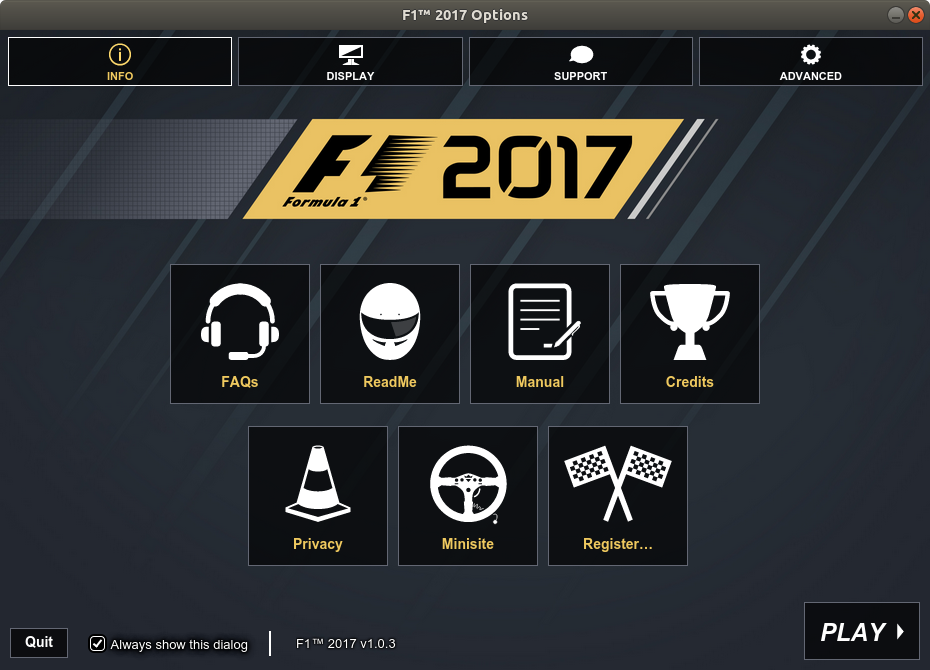
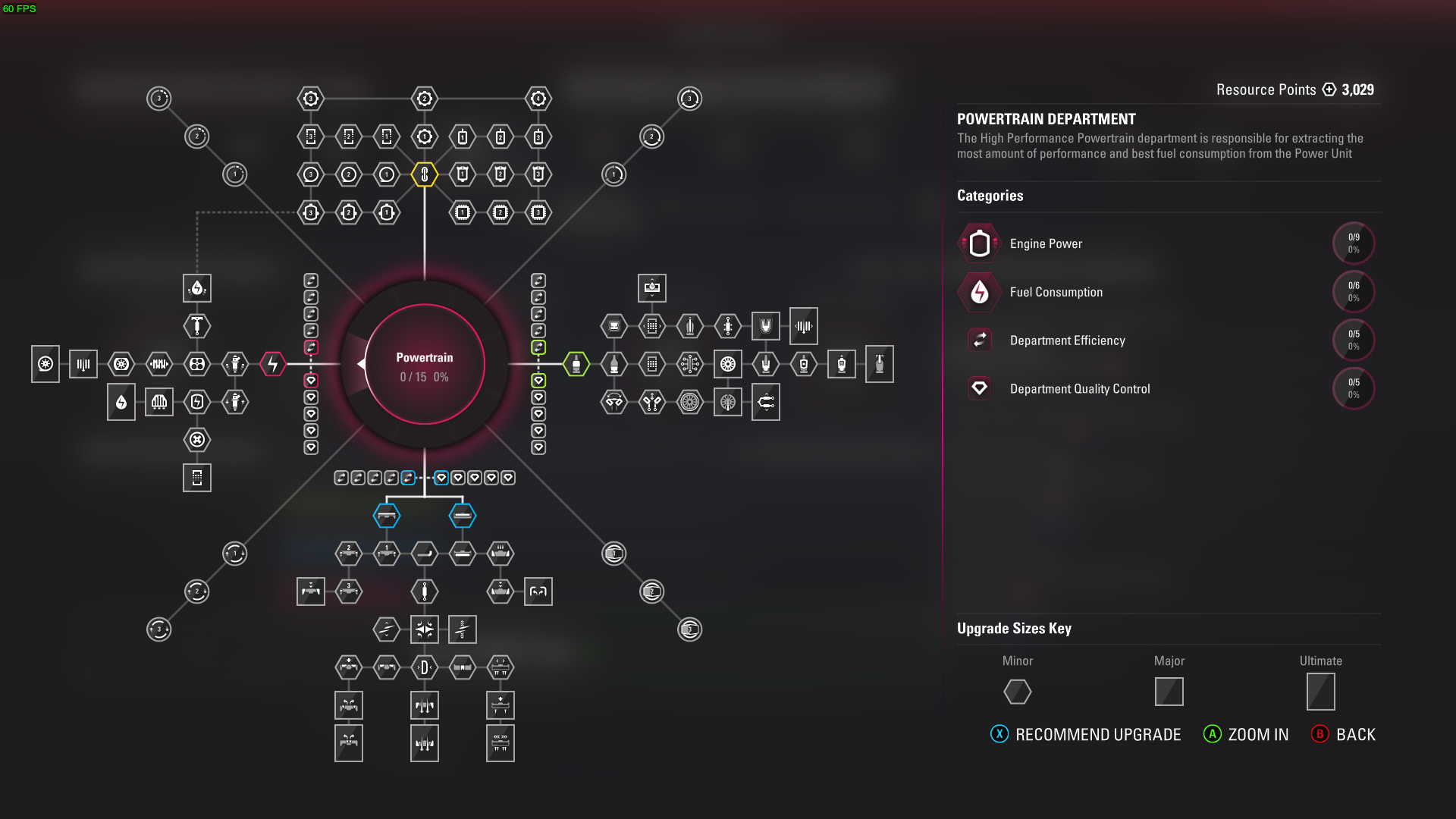
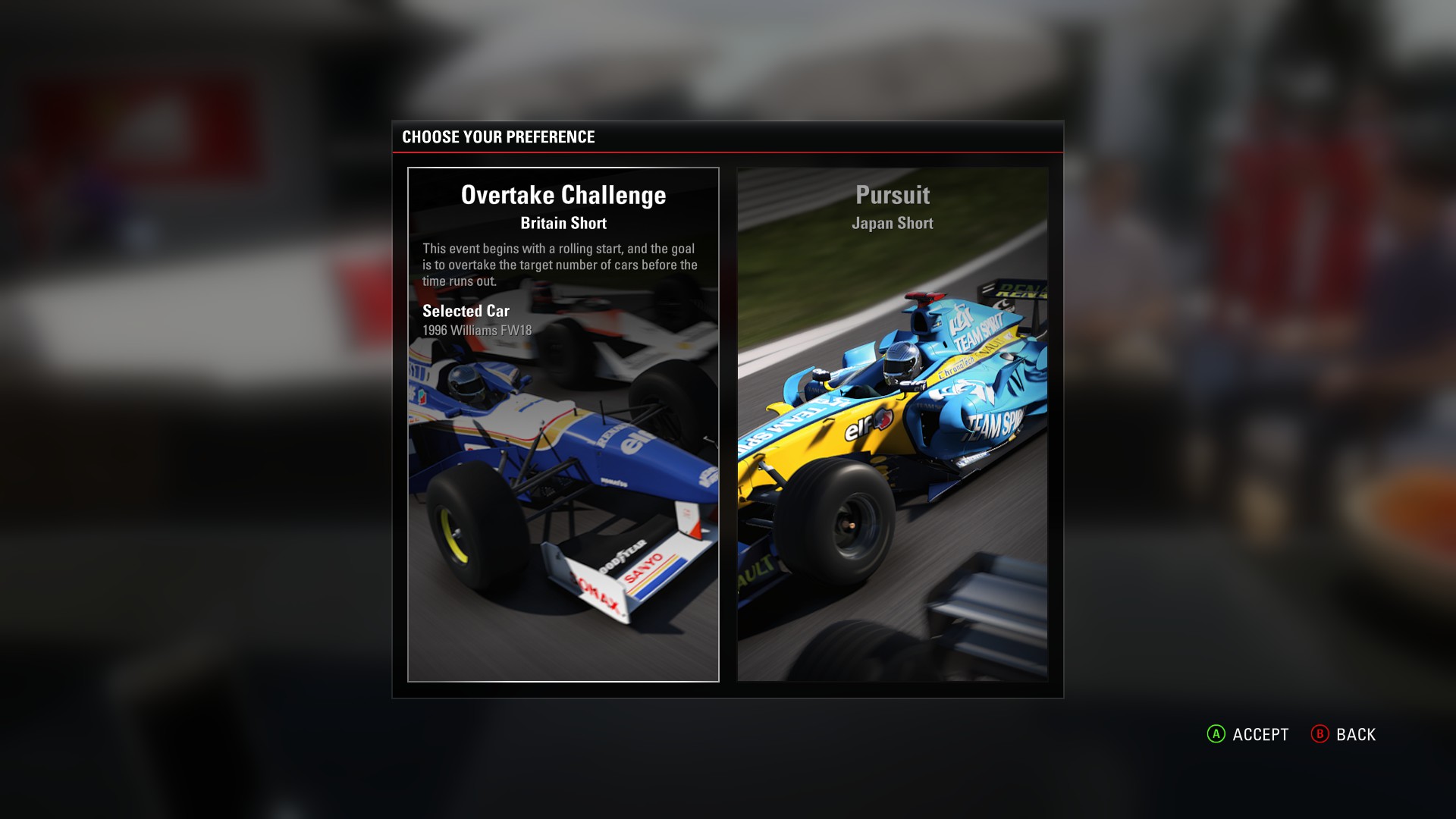
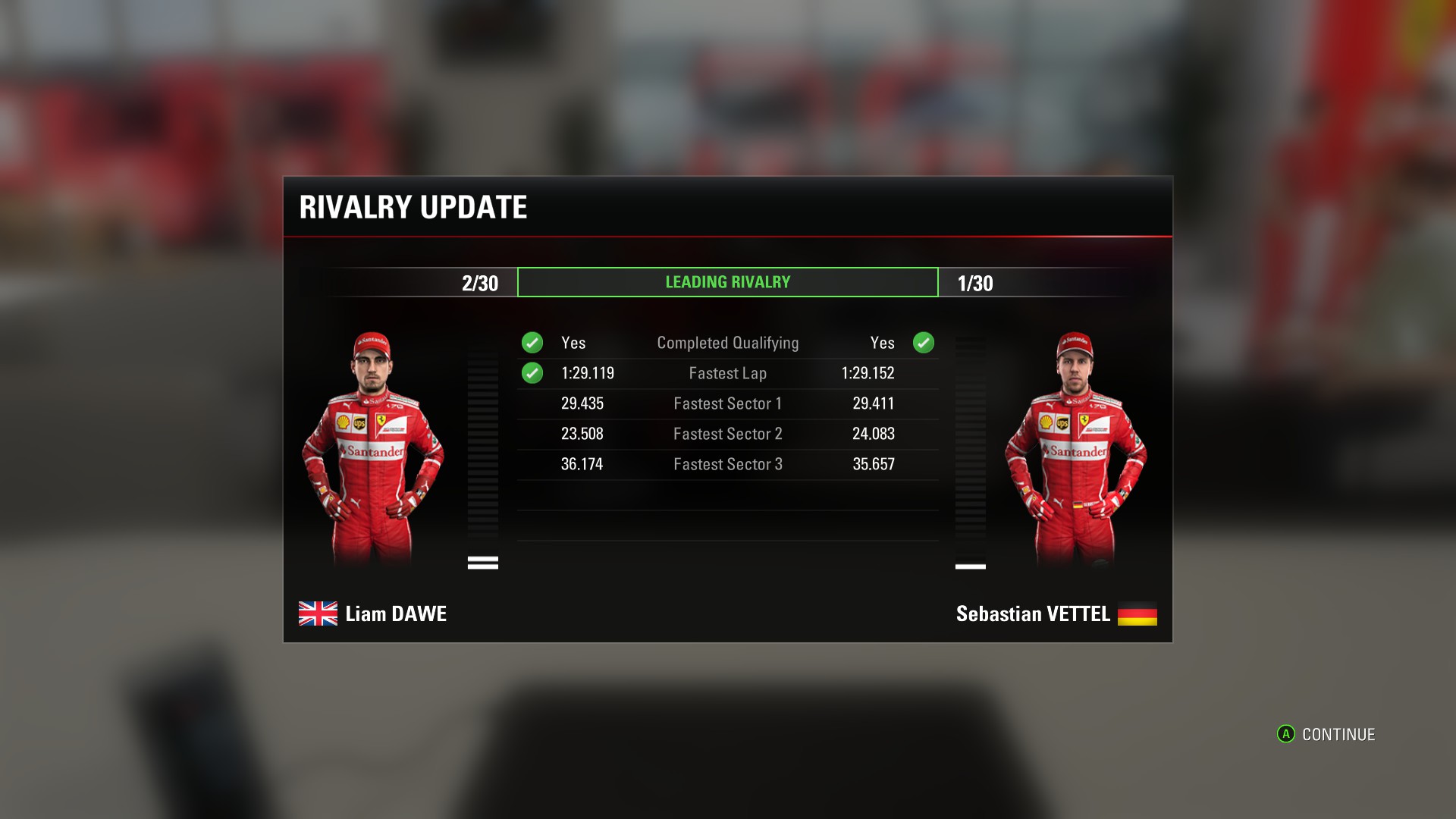
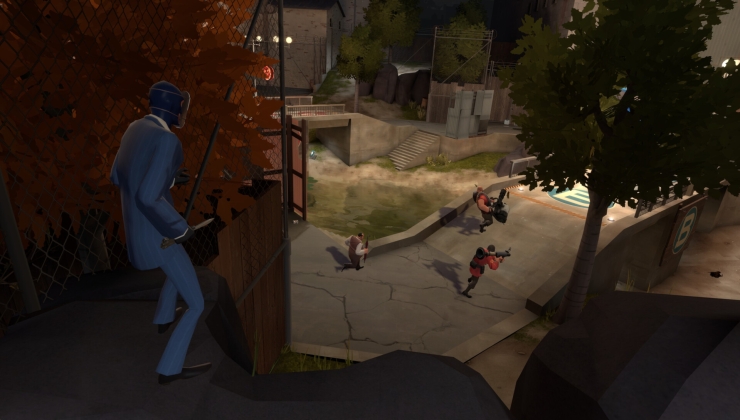
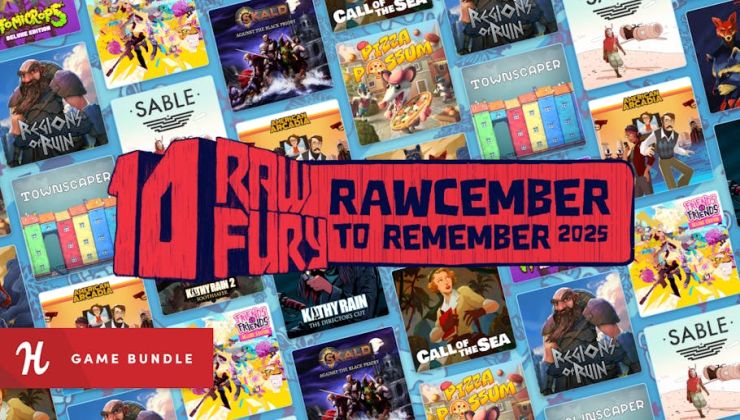
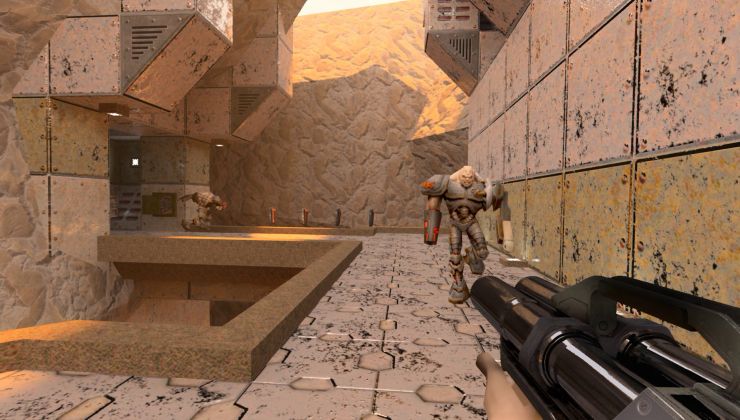
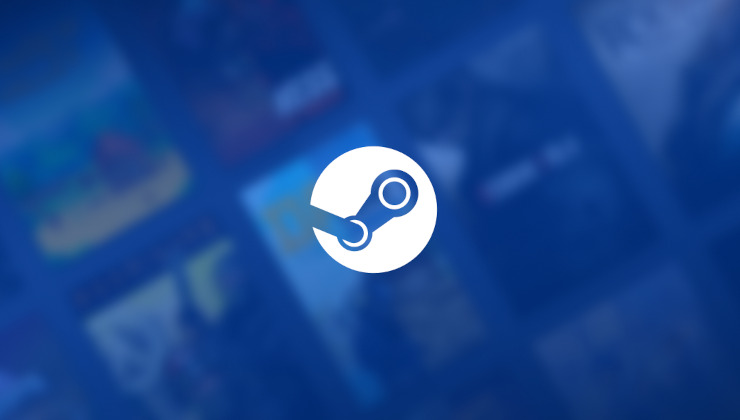


 How to setup OpenMW for modern Morrowind on Linux / SteamOS and Steam Deck
How to setup OpenMW for modern Morrowind on Linux / SteamOS and Steam Deck How to install Hollow Knight: Silksong mods on Linux, SteamOS and Steam Deck
How to install Hollow Knight: Silksong mods on Linux, SteamOS and Steam Deck